Summary
- Fire Emblem has unique mechanics and features that set it apart from other tactical strategy games.
- Anna, the recurring character in Fire Emblem games, is always greedy despite appearing differently in each entry.
- The series consistently includes elements like grid-based maps, marriage systems, war themes, weapon triangles, permanent deaths, and dragons.
Simply put, there isn’t a series out there that plays quite like Fire Emblem. While tactical strategy games have been around for a while, with titles like Final Fantasy Tactics and the Valkyria Chronicles series following a similar basic gameplay formula, Fire Emblem has always stood out for its unique mechanics, features, and systems that help to set it apart and that have been replicated in the majority of its entries.
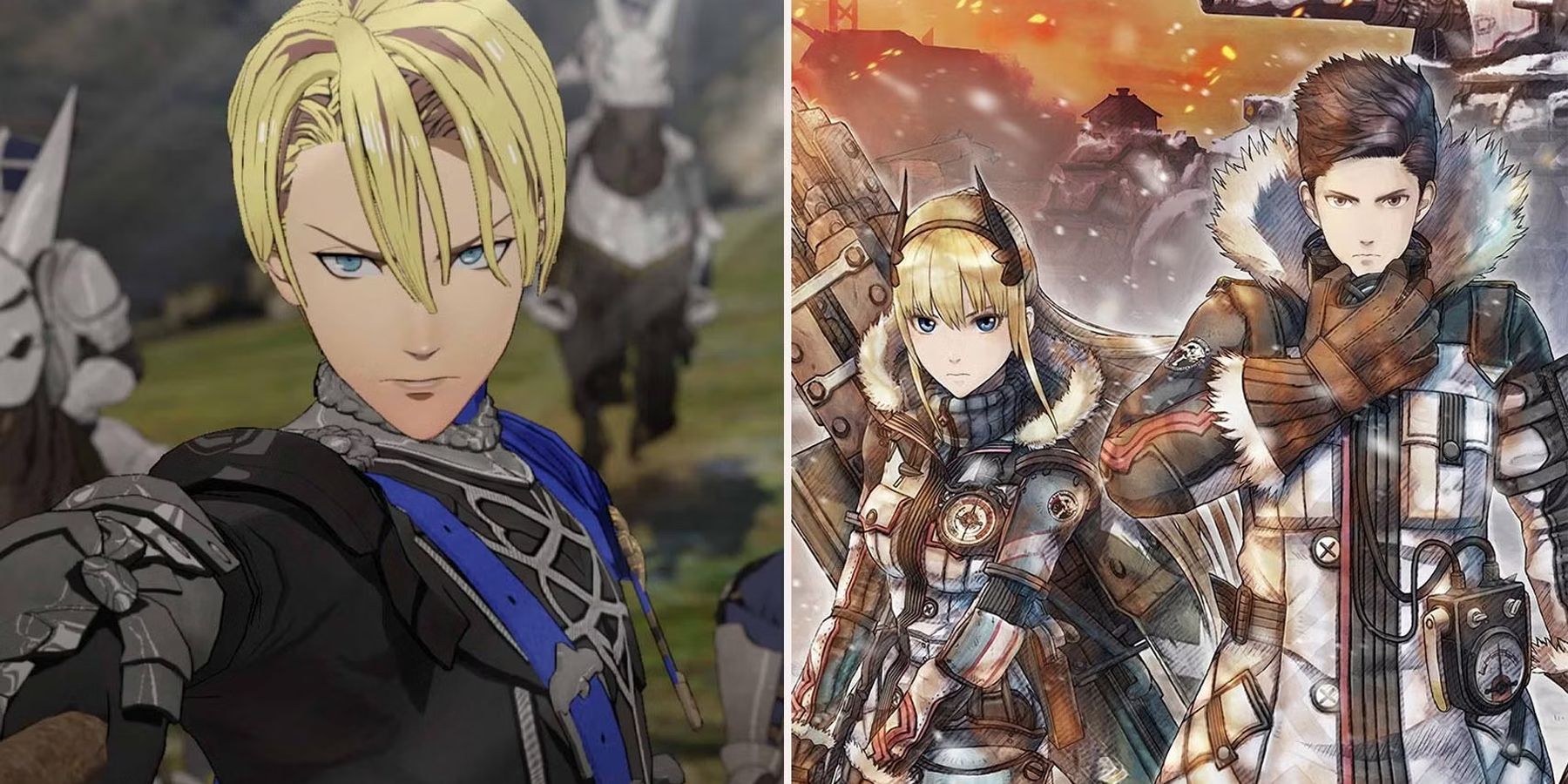
Related
40 Games To Play If You Liked Fire Emblem
The Fire Emblem series has a little something for everyone. Those who enjoy it should be sure to check out these similar games.
Despite most of the games in the series offering a fresh new story and set of characters, it’s still a franchise with a very long and rich history, which has carried forward a handful of trends to ensure that each of the entries still feels vaguely connected to one another, giving players a sense of familiarity when diving back into the world. When booting up a new Fire Emblem game, these are the traditions that fans can expect to come across each and every time.
8
Anna
Every Anna May Look Different, But They’re All Shopkeepers Who Love Bartering With Customers
In a similar vein to Cid from the Final Fantasy franchise, Anna is a recurring character who always manages to show up in one way or another. While she first appeared in Shadow Dragon as a random villager, Anna would be brought back as an entirely different character for each entry, sometimes appearing as a seasoned combatant, like in Fire Emblem Awakening, or a young and naive kid, such as in Engage.
While they may all look different, many of the Annas have one shared trait: greediness. They are all completely obsessed with money and treasure, which usually leads them to becoming a merchant. That said, Anna has also been a playable unit in a few of the games, where she is able to put her quick and nimble combat style to good use.
7
The Fire Emblem
A Mystical Item That Shows Up In Every Game In A New Form
The Fire Emblem, despite being a precious item in each and every game, has taken on a few very different forms. In Sacred Stones, for example, it assumes the appearance of the Stone of Grado, while in Three Houses, it is represented as the Crest of Flames and even becomes a mighty sword in the Fates games. Though its overall relevance to the story can vary between games, it always makes an appearance and is guaranteed to be of at least some importance.
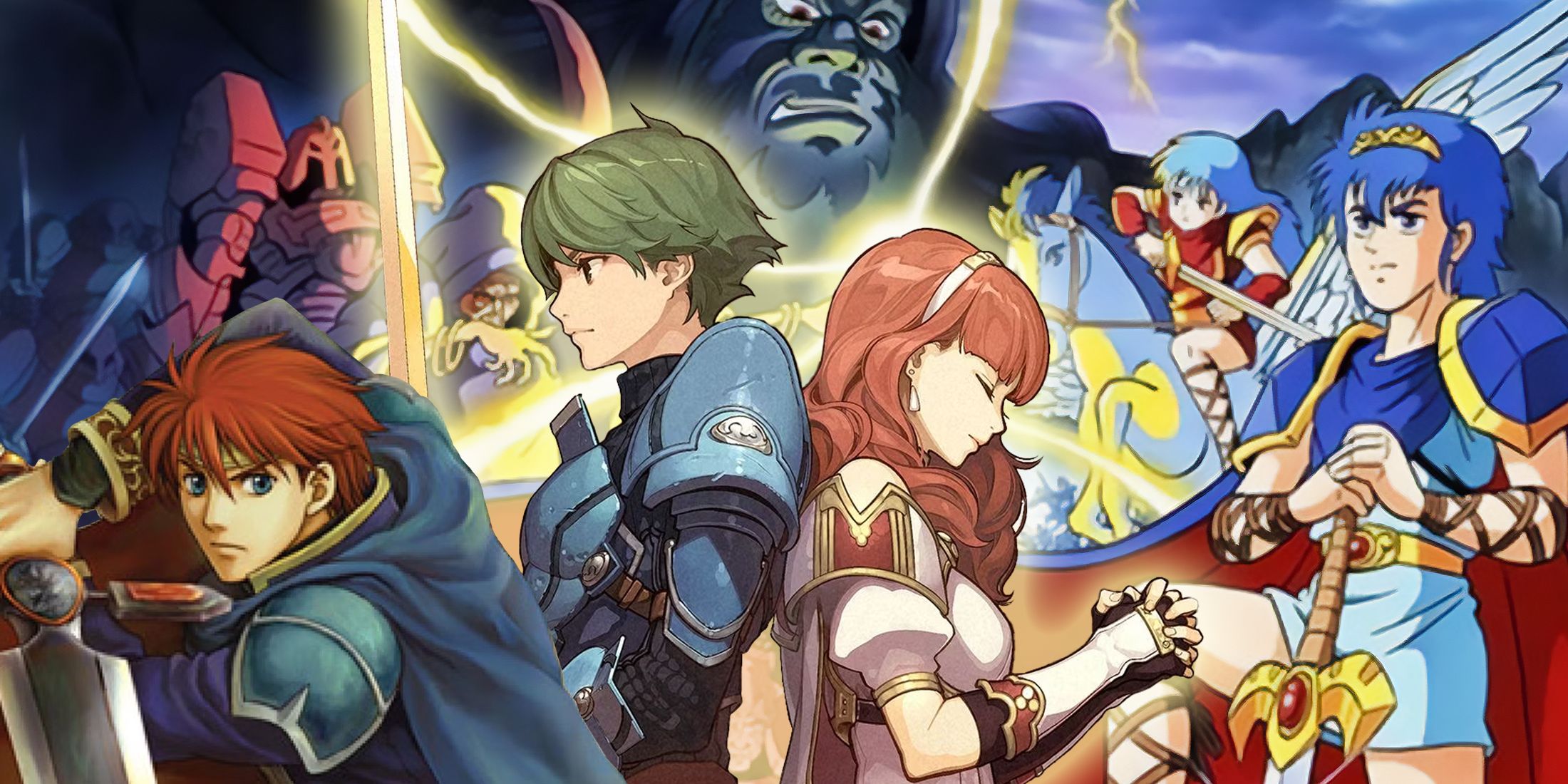
Related
Fire Emblem: 11 Best Games For Beginners
These Fire Emblem games are perfect for newcomers to the franchise.
While the title of this iconic series can seem a little baffling at first, the pieces all fall together once players come across the Fire Emblem in their first game, which always makes for a memorable moment during that first playthrough.
6
Grid-Based Maps
Using A Grid-Based Maps Allows Players To Set Out A Strategy Before Making Their Move
In order for the turn-based open-area gameplay of Fire Emblem to work, it uses maps that are split up into squares like one giant grid so that players can measure how far they can move and whether they’re in range of an arrow being shot in their back. Not only are these grids useful for conducting strategy, but they also make it easy to move around quickly so that battles can move at a steady pace.
During the late stages of a battle, when units are on their last legs and things begin looking dire, a single square on the map can mean the difference between life or death, depending on how much space is put between them and the enemy. While this grid-based map design scheme has been replicated in other games, it was Fire Emblem that first ushered it into the mainstream and has carried it forward for every mainline entry since the very first.
5
Marriage System
The Marriage System Has Been Improved And Altered Over The Course Of The Series
It was Fire Emblem: Genealogy of the Holy War that first introduced a marriage system where players could form bonds between units who would then go on to fall in love later down the road, though this popular mechanic has since returned in almost every game that followed it. The way two units can develop a relationship differs between the games, but most of the time, it involves keeping them close together in combat and allowing them to execute dual attacks if the game allows for it.
While it was possible to also have kids in the fourth game, this system would be greatly improved in Awakening, where players could create a second-generation army of soldiers by hitching their units up to pass down skills and abilities to their children, who would grow up to become combatants and help out in intense battles. It has since become a core component of the series, which has been featured in the majority of entries. It’s a system that many players look forward to being a part of.
4
Emphasis On War
War Is Always At The Center Of A Fire Emblem Story, Feeding Into The Narrative’s Themes And Characters’ Personal Arcs
Fire Emblem has always honed in on themes of war and all the complex aspects and factors that feed into it. How seriously a game will focus in on these aspects, though, can depend on the entry. While Sacred Stones takes a darker approach to its narrative and emphasizes the impact unexpected conflicts can have on local populations, Engage takes a slightly more surface-level view that suits the more vibrant tone of the game.
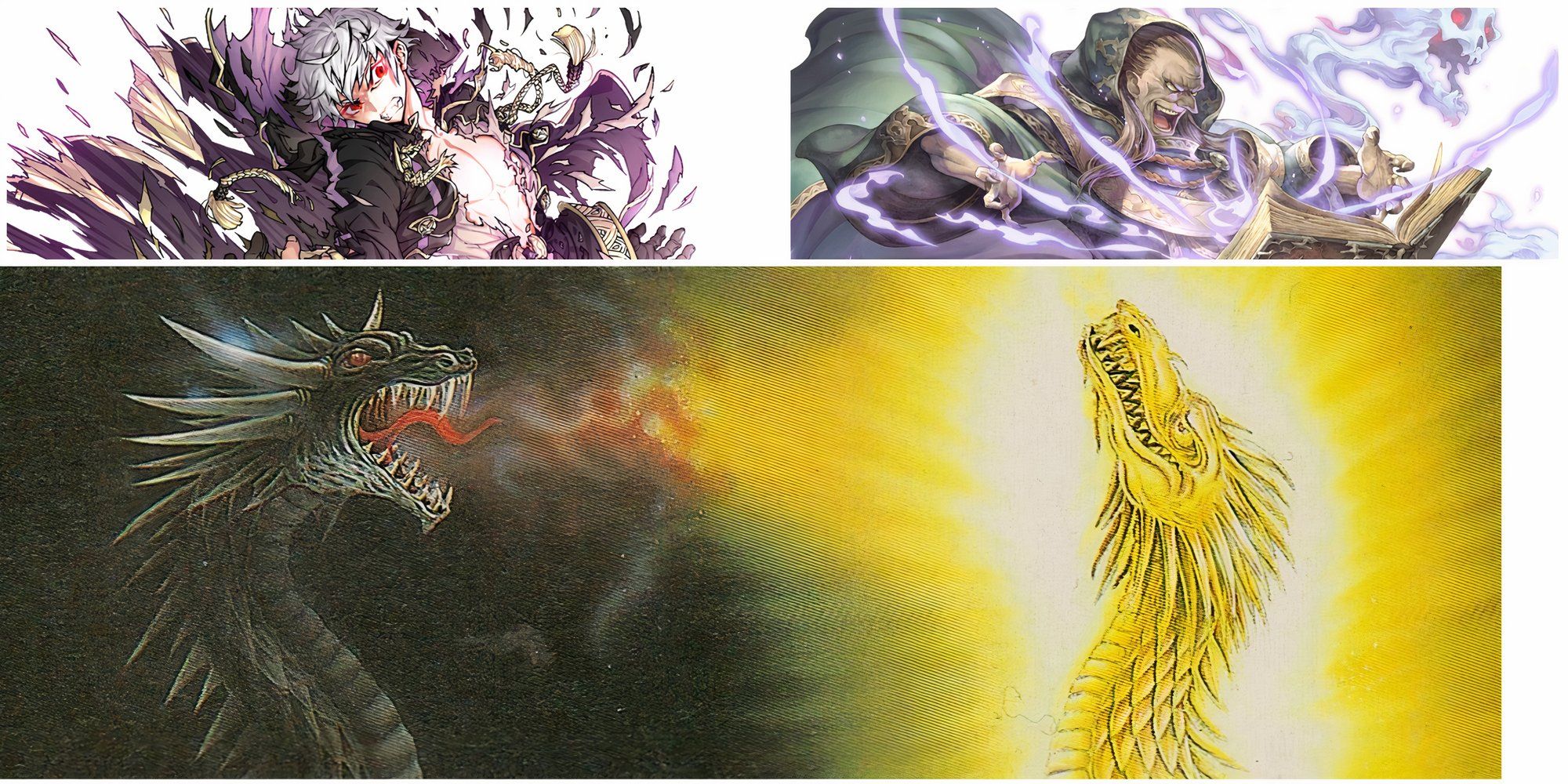
Related
The Most Evil Fire Emblem Villains
The Fire Emblem series features countless villains, with some showcasing their villainy through sheer evilness.
Setting up an intense war between kingdoms or nations ramps up the intensity of the combat tremendously, making players feel as if they truly do have a lot weighing on their shoulders when in the midst of combat. Many of the games will also use war to bolster the character arcs of the units, seeing how they develop and mature after being thrust into such nightmarish conflicts.
3
Weapon Triangle
A Gameplay System That Rewards Players For Making Proper Preparations Before A Fight
Outside of Fire Emblem: Three Houses, every game since Genealogy of the Holy War has included a unique weapon triangle system that gives each of the three weapon types a strength and weakness. Knowing when to attack an enemy with a sword, axe, or lance can be the key to achieving victory during an intense battle and also encourages players to mix up the weapons they equip to each of their units before entering the battleground.
Some games such as Engage have incorporated other weapon types, which also create a separate triangle that ensures that every weapon has a specific use and vulnerability, adding a lot of depth to the core battle system and an extra layer of strategy to immerse players into the experience.
2
Permanent Deaths
The Fear Of Losing A Beloved Character For Good Makes Every Battle Feel Intense
The mechanic of permanent deaths had become such a staple in the series that there was actually a fair amount of criticism when it was announced to only be optional in Awakening. The reasoning for this is because of how integral this mechanic is to the core gameplay, since it adds a lot of tension when players know that a single slip up could very easily lead to a character being gone for good.
It’s also a mechanic that gets players emotionally invested in the battles, especially later on once they have built up an attachment to the cast. Despite it being more optional in the recent titles, the permanent death system is still considered to be a core aspect of the games, making the battles (even those that are seemingly unimportant to the story) feel a lot more unpredictable and intense.
1
Dragons
Whether They’re Friendly Or Evil, These Mythical Beasts Always Show Up In One Form Or Another
While dragons are mystical creatures that have become synonymous with the fantasy genre, it’s always a guarantee that they will pop up in one form or another for each new Fire Emblem entry. Very often, these monsters will appear after a character transforms into one, meaning that they can sometimes be friendly, such as with Tiki, but they have also been major antagonists in a many of the games, including Shadow Dragon and Engage.
No matter what side they appear on, though, dragons in the Fire Emblem series are always shown to be immensely powerful beings capable of destroying not just entire villages but even whole nations with their otherworldy strength. Ever since the first game in the series, aptly titled Fire Emblem: Shadow Dragon and the Blade of Light, these monsters have always played crucial roles in their respective stories.
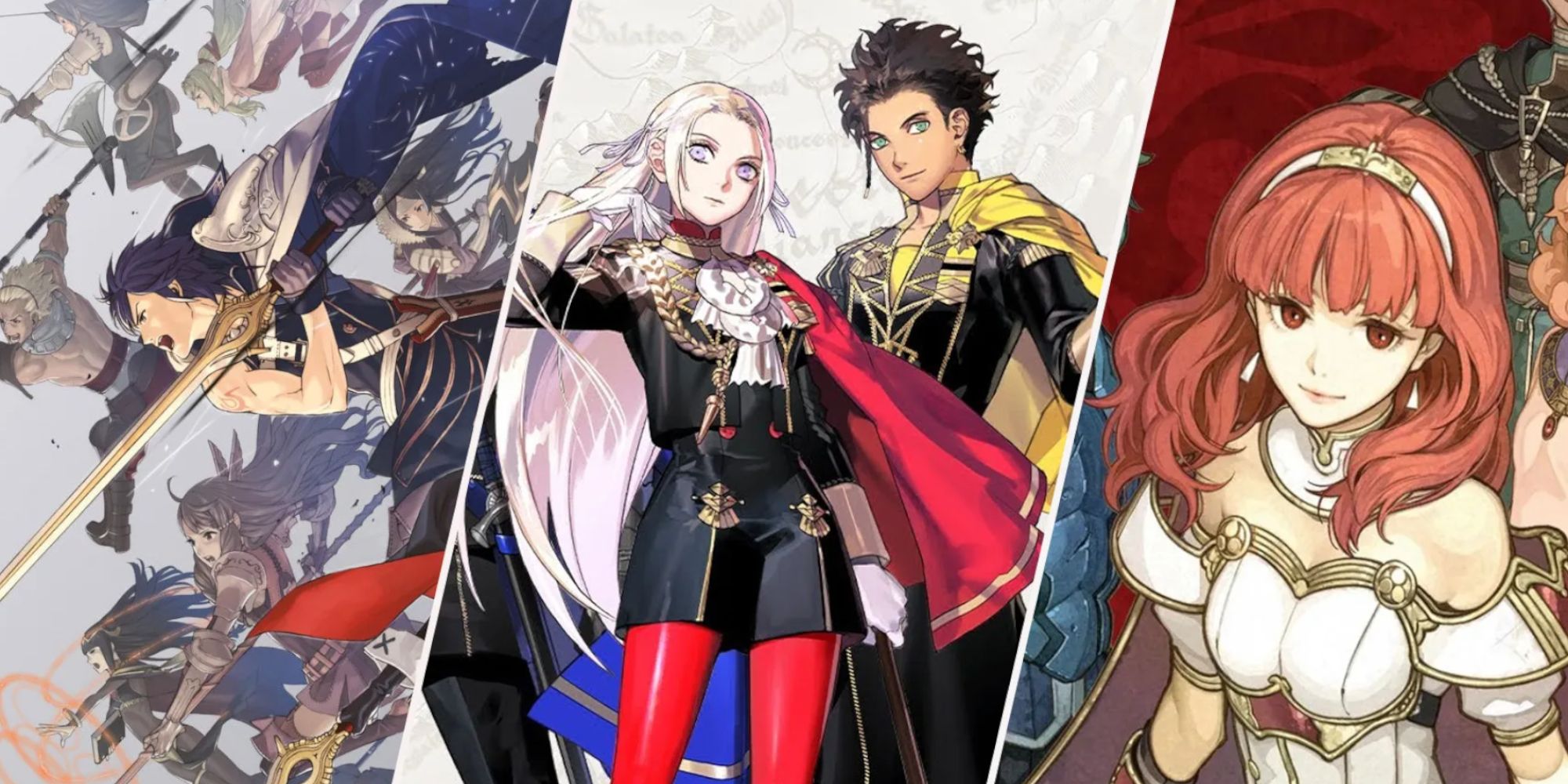
More
18 Best Fire Emblem Games Of All Time
Fire Emblem is a tactical RPG franchise. Including spin-offs, here are the best Fire Emblem games of all time.
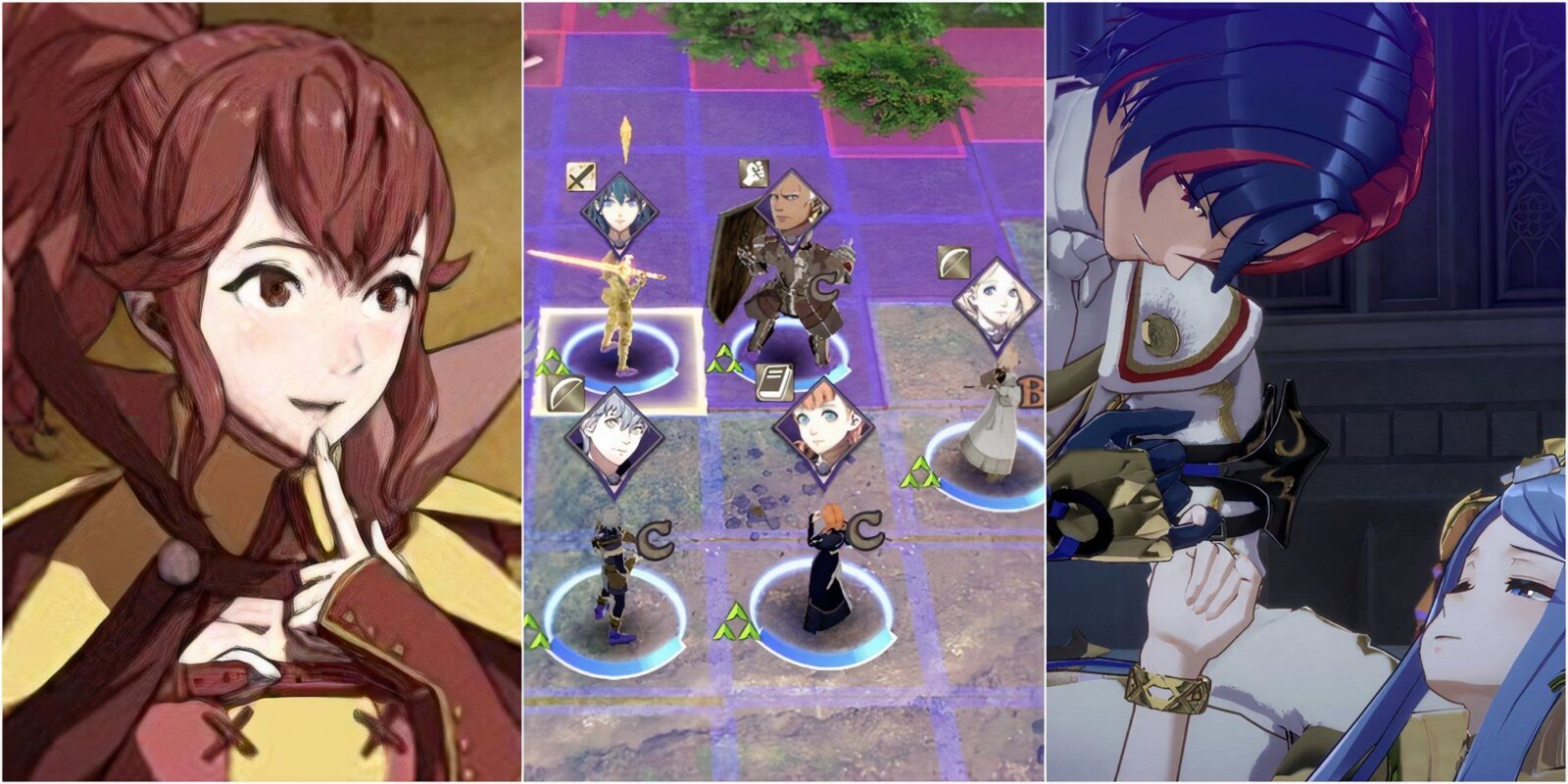






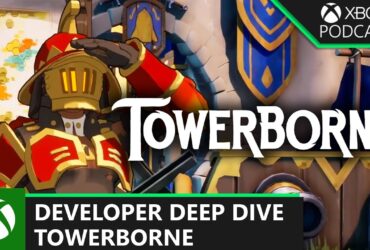



Leave a Reply